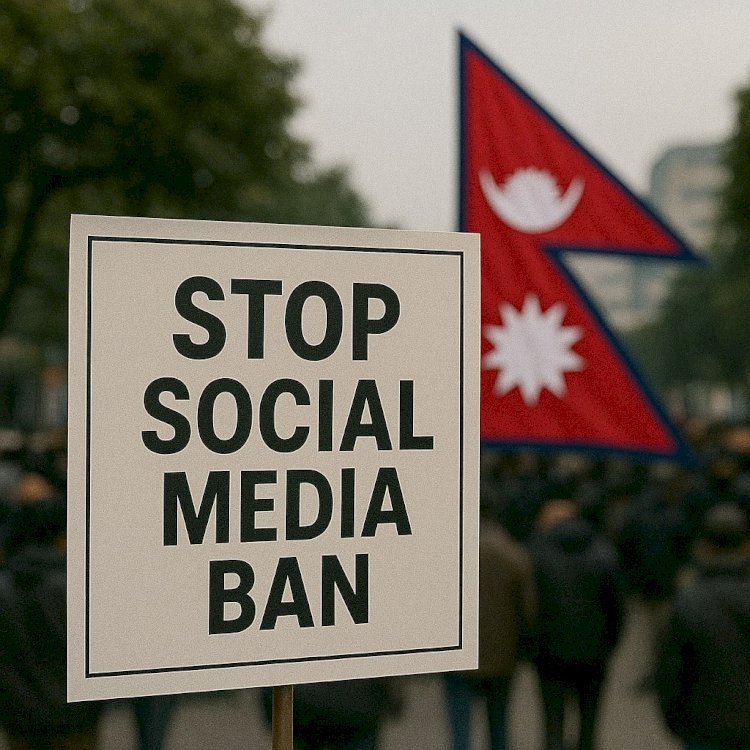Nepal’s Social Media Ban Sparks Protests and Political Uproar

Kathmandu, September 2025 — Nepal plunged into digital and political turmoil this month after authorities blocked access to dozens of popular social media platforms. The sweeping ban, which covered Facebook, Instagram, WhatsApp, X, YouTube, and other major services, was justified by the government as a regulatory enforcement measure but quickly ignited a wave of public anger and mass demonstrations.
The Ban and Its Justification
Officials announced that 26 platforms were being blocked for failing to comply with new national requirements. The rules demanded that companies register locally, appoint compliance officers in Nepal, and follow government guidelines on content moderation and user protection. Leaders argued that these steps were necessary to curb online abuse, cybercrime, and the spread of harmful content.
Authorities framed the crackdown as a matter of accountability and digital governance, insisting the platforms had ample time to meet the obligations but failed to do so.
Street Reactions
For ordinary Nepalese, especially the younger generation, the ban was seen as an assault on freedom of expression and access to information. Social networks are deeply woven into the country’s social fabric, serving as hubs for communication, entertainment, education, and political activism.
Within hours of the ban, young people poured onto the streets of Kathmandu and other cities in protest. Demonstrations escalated into clashes with police, prompting curfews and a heavy security presence. Reports of injuries and casualties deepened public outrage.
Government Climbdown
After several days of mounting unrest and international criticism, the government backed down. Access to the platforms was restored, and officials promised to review both the regulations and the handling of protests. The unrest also led to resignations among senior figures in the administration, signaling the depth of the crisis.
The Bigger Picture
The episode underscored how central social media has become to Nepalese daily life. It also highlighted the risks governments face when attempts to regulate online spaces collide with popular demand for open access.
Critics of the ban warned that excessive regulation could easily turn into censorship, stifling dissent and democratic debate. Supporters of stricter rules argued that oversight is necessary to combat misinformation, online harassment, and digital crime.
Nepal’s brief but explosive experiment with banning social media exposed a generational divide and raised pressing questions about the limits of state control in the digital age. While the platforms are back online, the protests suggest that any future attempts to restrict access will meet fierce resistance from a tech-savvy population determined to defend its digital freedoms.

 content-team
content-team 


















